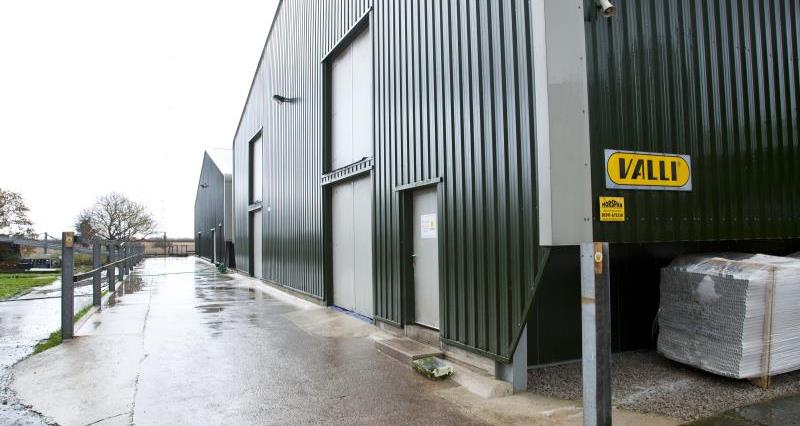The IPPC measures were introduced in 2007. Since then, the European Commission has been under increasing pressure from environmentalists to further reduce the impact of large poultry (and pig) farms on the environment.
NFU members wishing to attend the meeting should email the NFU's chief poultry adviser Gary Ford or contact him on 07966 781003.
Meeting agenda
Time | Item | Lead |
10.00 | Arrival and refreshments | |
10.30 | Introduction and aims of the meeting | Gary Ford, NFU |
| 10.35 | Strategic Review of Charges | Environment Agency/All |
11.45 | Publication of the Best Available Techniques (BAT) conclusions and what this means for your permits
| Environment Agency |
Overview of BAT requirements and Associated Emission Levels for ammonia, and nitrogen and phosphorus excretion | Environment Agency | |
Ammonia reduction techniques | Environment Agency/All | |
Next steps and sources of information | Environment Agency | |
12.30 | AOB | Environment Agency/All |
12.45 | Lunch |
The details
There are new standards for permitted poultry producers with places for more than 40,000 poultry. The new specifications stem from the review of the Best Available Techniques (BAT) Reference Document for the intensive rearing of poultry and pigs (IRPP), the so-called BREF, whose conclusions were published on 21 February 2017.
Most poultry producers will already be in line with ammonia reductions targeted in the BREF, however it is important to take note of these changes. Turkeys, ducks, quail, geese, pullets and broiler breeders do not have a BAT Associated Emission Level for ammonia.
There are some new requirements for permit holders. The conclusions include BAT Associated Emission Levels for ammonia emissions which will apply to the majority of permits, as well as BAT associated levels for nitrogen and phosphorous excretion.
For some types of rearing practices stricter standards will apply to farms and housing permitted after the new BAT conclusions are published. For example non-cage housing systems first permitted after the 21 February 2017 will need to meet stricter ammonia emission level whereas non-cage housing permitted before the BAT conclusions were published are allowed a higher emission level.
If you're planning to expand your farm and build new housing it's strongly recommended that you talk to your Environment Agency site officer about the new requirements.
If you're unsure who your EA site officer is, please contact the Environment Agency on 03708 506 506.
All permitted units must follow the BAT as written in the BREF document. Over the past 10 years the NFU has worked closely with the European Commission, Environment Agency, Defra and the pig and poultry industry to shape the outcomes of the recently revised BREF and make it as fit-for-purpose as possible. The NFU will continue this work over the coming months and years to ensure the implementation of the BREF is as proportional and transparent as possible.
The industry's next challenge will be the implementation of the new BREF. This will be carried out by the Environment Agency in England and all permitted farms will have four years to comply with the changes. The Environment Agency has to review all permits and is looking to start doing this within 6 to 12 months of BREF publication (autumn 2017 – spring 2018).
The permit review will check that farms can meet the new standards. The Environment Agency will prioritise permit holders that it believes will have the biggest gap between the current and new BAT in order to give these units the longest amount of time to comply.
All permits will need to be varied to comply with the changes and the Environment Agency is proposing to charge variation fee.
All new bespoke applications currently being determined and not yet been issued will be checked to ensure they meet the new standards. New bespoke permits will be issued to include new conditions to ensure the new standards are met.
:: The BAT conclusions document can be downloaded from the European IPPC Bureau website here.
